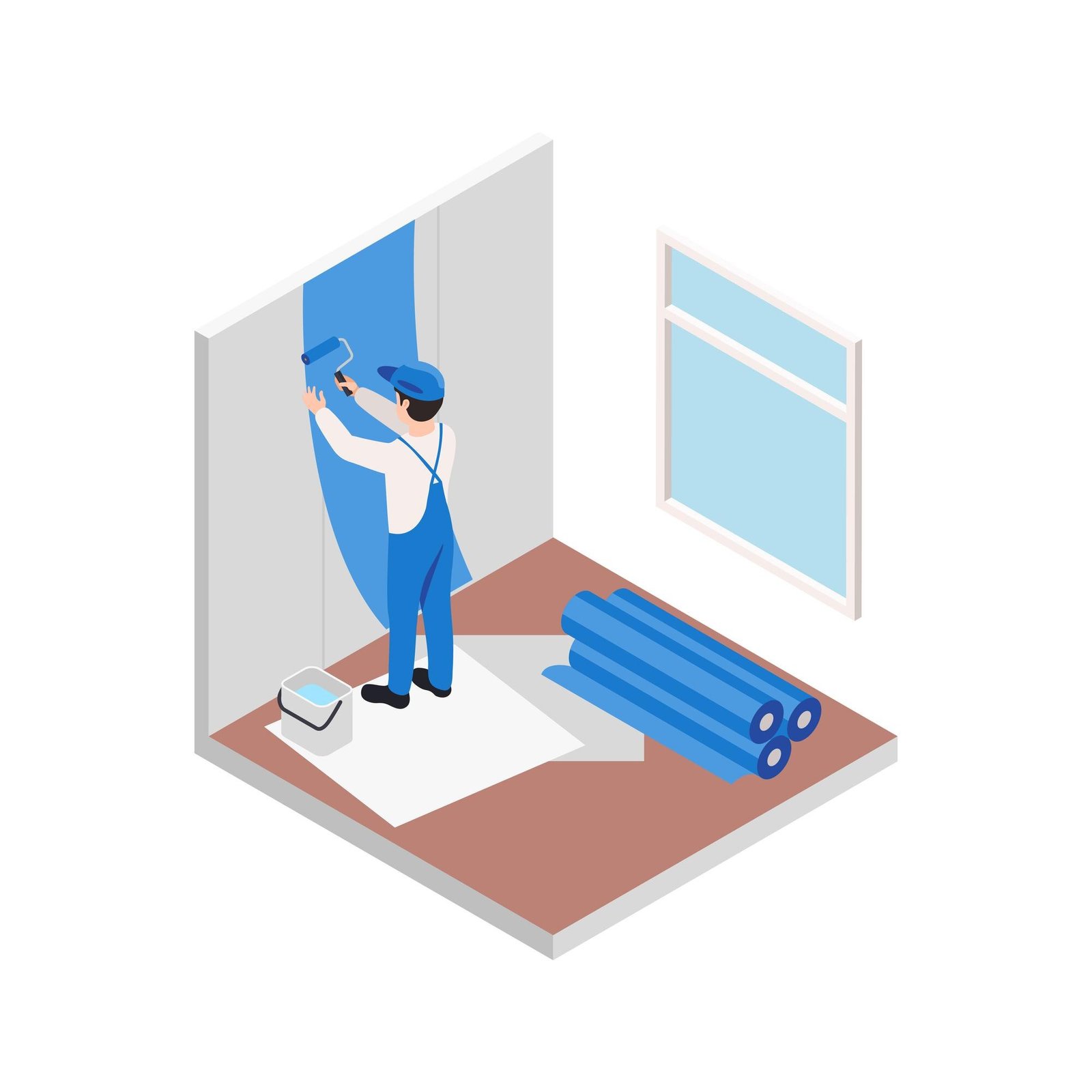Introduction
A dry basement isn’t just nicerit’s essential. Even minor leaks can invite mold, risk your belongings, and affect the foundation. With unexpected storms and varying groundwater levels in our area, moisture management is more than a chore—it’s a critical investment. This post explains how to tell when moisture is a problem, what solutions work, and why choosing professionals is your best bet.
Common Causes of Basement Moisture
- Hydrostatic pressure from saturated soil pushing water into walls
- Cracks and gaps in foundation or floor joints
- Poor exterior drainage—including clogged gutters and short downspouts
- Window well leaks due to improper sealing
Subtle Signs You Shouldn’t Ignore
- Musty odors or mold spotting
- White mineral stains (efflorescence) on walls
- Damp or peeling paint
- Soft drywall or warped flooring
Solutions That Actually Work
1. Crack Repair
Foundation cracks, once cleaned out, get sealed with epoxy or flexible foam to prevent water entry.
2. Interior Drainage Systems
Perimeter trenching and tubing collect moisture and redirect it to a sump pump for removal.
3. Exterior Waterproofing
A protective membrane is applied to the outside of foundation walls to stop moisture before it enters.
4. Sump Pumps
Automatically remove excess water, especially important in wet seasons or low-laying basements.
5. Window Well Fixes
Proper lip height, drainage gravel, and sealing keep water out.
Why Early Waterproofing Pays Off
- Prevents mold growth before it takes hold
- Protects belongings and appliances
- Preserves structural stability
- Saves you from health risks and property collapse
Common Pitfalls of DIY Waterproofing
- Temporary fixes don’t stop the root cause
- Omitting exterior membranes means constant upkeep
- Ignoring sump pumps in flood-prone zones is risky
Basement Maintenance Tips
- Check gutters and extend downspouts away from the foundation
- Keep fine gravel and sealed wells around windows
- Test your sump pump and backup periodically
- Inspect and seal small cracks swiftly
When to Call an Expert
- Visible water seepage after rainfall
- Growing cracks or bowing walls
- Musty air that cleaning doesn’t fix
Conclusion
A dry basement is a safe, valuable part of your home. Overlooking moisture risks invites bigger problems leaks, mold, even structural issues. If you’re noticing signs of dampness or leaks, get help from a trusted Basement waterproofing in St. Louis provider to protect your space for the long haul.
